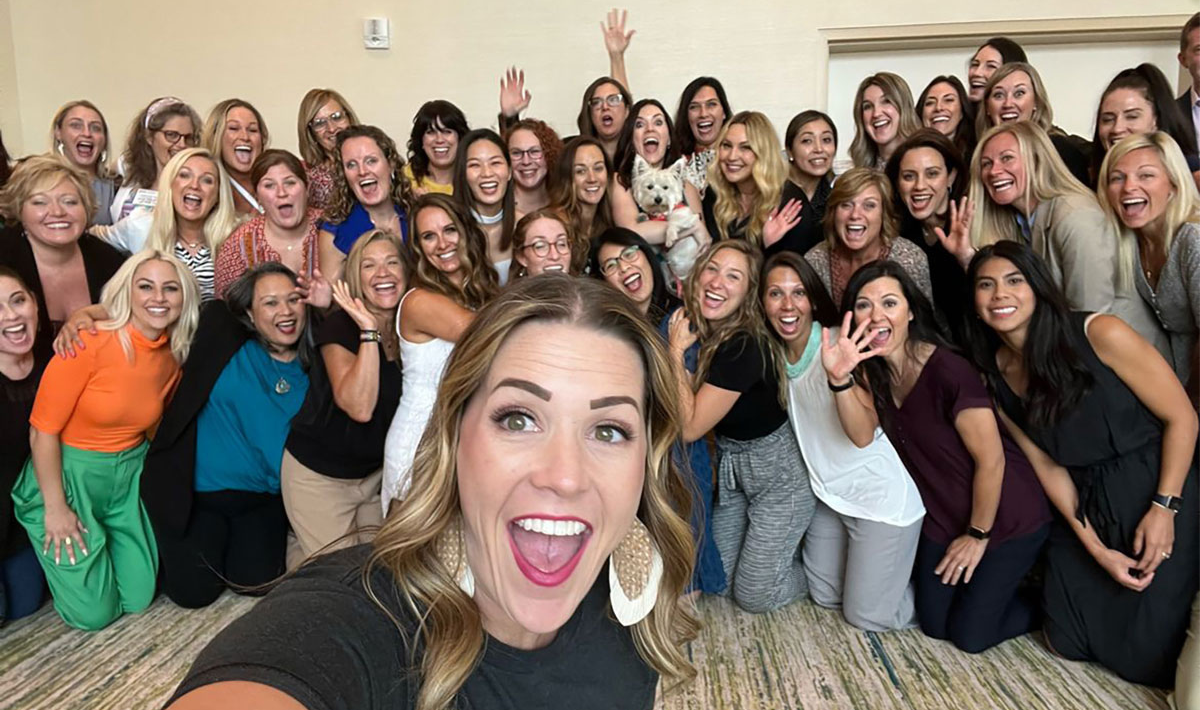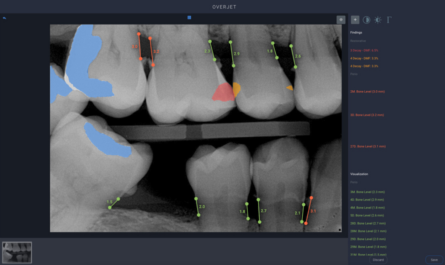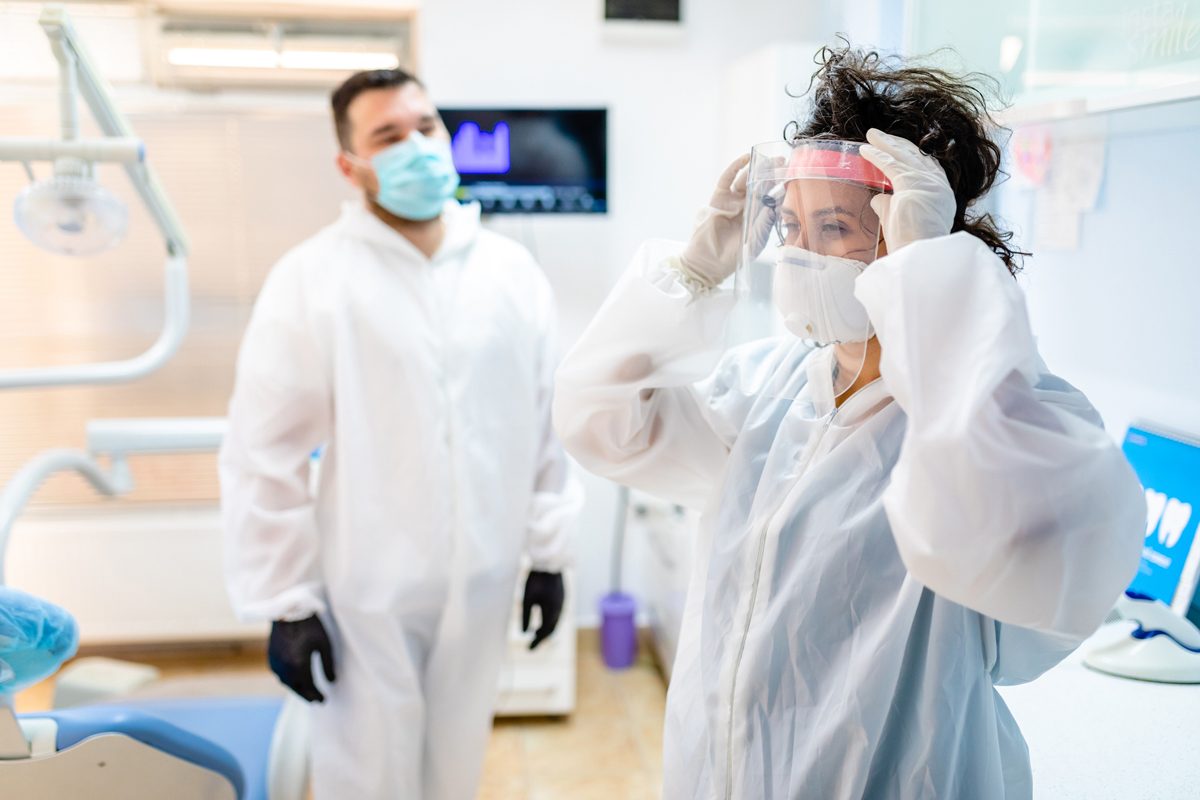How hygienists and dental group practices can find common ground to provide rewarding careers and excellent patient care amid challenging economic conditions.
By Josey Sewell, Partner, DEO
Editor’s note: This material originally appeared in the July 2023 issue of RDH magazine, an Endeavor Business Media publication.
I’ve never hesitated to have difficult conversations or point out controversy. But I’m nervous about this article. I’m nervous about how it will be received, yet I feel compelled to share what I see happening in our industry and how it will affect hygienists and the profession.
I’m a business coach for dentist entrepreneurs and dental groups. I work with executive teams from the East to West coasts. During annual reviews we dive into company performance, including financials, and we spend time learning how to be a healthy team through a structured process.
It’s rare for an office to see a problem they don’t willingly face, but this year dentists, owners, and executives are tired and beaten down. While 2020 was rough on everyone, 2021 ended up being a great year for dentistry; government loans and a backlog of patients left most dental offices productive and profitable. Last year and into 2023, however, has not been as successful as 2021. Revenue is down across the country, expenses are up, reimbursement rates are down, and it’s squeezing the profit margin, which means dentist-owners are stressed.
Every group of dentists is different, but they have one thing in common – every one of them is struggling with their hygiene department. My hope is to bring to light how hygienists affect dentistry, and to empower us with information to get what we deserve as providers to help decrease the stress of our dentists and leaders.
Setting the current scene
- Post-COVID, we witnessed an exodus of hygienists. Others cut back on their time or decided to become long-term temps.
- Wage inflation happened across all industries.
- Not enough hygienists, plus wage inflation, meant hygienists were able to leverage their needs and ask for inflated rates, so payrolls went up significantly.
- Due to the labor market, offices started poaching hygienists. Some employees held their offices hostage when they got a job offer elsewhere. Even though dentists couldn’t afford the increases, they felt like they had to match the wages other offices were offering for all team members.
- Employees jumped from office to office to earn a few more dollars an hour.
- While wages and supply costs increased, insurance reimbursement rates did not. Many hygienists may be shocked to learn that their dentist is losing money on their high pay because insurance won’t cover the cost of the prophy they’re doing and getting paid handsomely for. This means that the traditional hygiene model is an anchor and loss leader for the practice.
There are ways to ensure hygienists can make high hourly pay and the office can make money. But this might include steps like accelerated hygiene, overbooking to overcome patients canceling or no-showing, or performing more valuable procedures and treatment.
I’m a firm believer that people should make what they’re worth. To be worth what you make, you must produce three times what you’re making. However, many hygienists are not open to this discussion. They panic and quit when their dentist starts the conversation. Therefore, dentists feel like hostages to hygienists who demand a certain pay grade but are not open to learning the economics of the business and what it takes to create a win-win scenario.
For some time, dentists were highly productive and could make up for the loss in hygiene with their restorative departments. However, as we’ve entered a recession and economic uncertainty, patients are not accepting treatment at the same rates as in 2021. Production and revenue have been down, based on the metrics I see from my clients.
All of this has resulted in a lack of trust between dentists and hygienists, which leads to resentment, lack of communication, and fear. Due to high hygiene wages, and hygienists who aren’t willing to learn different care models, some offices are removing hygiene from their practices. Yes, you read that right. Many offices and groups are asking their dentist-associates to do hygiene because it’s easier than working with hygienists to get things back on track.
Not only that, but there are a lot of dentists fired up and ready to talk to their state boards about allowing dental assistants to do supragingival scaling. It pains me to my core to write about this, but it’s something I’ve heard often enough that hygienists need to understand what’s happening. I feel like I’m watching a train speed down the tracks at 200 mph and the track ends a few miles ahead and I’m not doing anything to alert the passengers. I cannot sit idly by knowing what I know and not share it. Something has to change.
What can we do?
The ones who really lose in this scenario are our patients. No matter where you stand on the issues, we can all agree that patients are best served when a hygienist, not a doctor, provides hygiene services. I need hygienists to understand the business and economics of dentistry. I need them to learn the numbers. I need them to understand how to determine appropriate compensation based on the value they provide.
I need dentists to communicate better and connect with hygienists in a way that’s meaningful so we can come to an agreement and not go to the state board. Dentists and office managers need to be better leaders, communicate what is at stake, and not lead by guilt or fear. Hygienists need to come to the table armed with knowledge and an understanding of how to negotiate and not hold their leaders hostage.
We all want the same thing – to take good care of patients, and to feel appreciated with actions and compensation. It must make sense for the business. We are providers, and the reality is we have to produce enough to cover what we earn. That’s possible and it doesn’t have to be scary. It doesn’t mean we overdiagnose or overtreat patients. It is completely possible to make great money, produce enough to support ourselves and the practice, and be incredible clinicians. Those things are not in opposition to each other.
The next steps
I encourage hygienists to do some research to see if they’re producing three times what they make. To do this, take your hourly rate and multiply it by the number of hours you work in a day. Take that number and multiply it by three. That’s how much you should be producing in a day. If you’re significantly above that on a consistent basis, maybe it’s time to evaluate your compensation. If you’re below that, find some ways to increase your production.
When evaluating these metrics, consider how much the insurance companies are compensating and how much they’re requiring the dental office to write off. If an office is charging $120 for a prophy but insurance allows only $80, you need to be using the $80 for your production. You should not be paid with dollars the office isn’t making.
Examples
- $50/hour X 8 hours/day = $400. $400 X 3 = $1,200 ($1,200 is the daily production goal)
- $60/hour X 8 hours/day = $480. $480 X 3 = $1,440 ($1,440 is the daily production goal)
- $70/hour X 8 hours/day = $560. $560 X 3 = $1,680 ($1,680 is the daily production goal)
It is my hope that this information helps you understand what dentists are facing. Every dentist I know is looking for hygienists who will take great care of patients and who understand how to add value to the practice, negotiate a fair compensation, and back their requests with data. The traditional hygiene model is changing. In order for hygienists to have a voice and influence this in a positive direction, we have to learn to talk about the business in new ways and understand how we contribute and determine our value.





